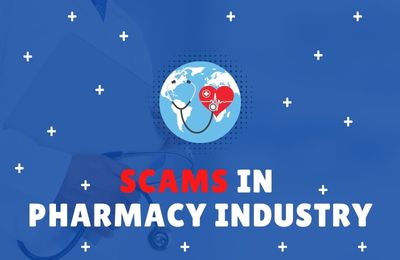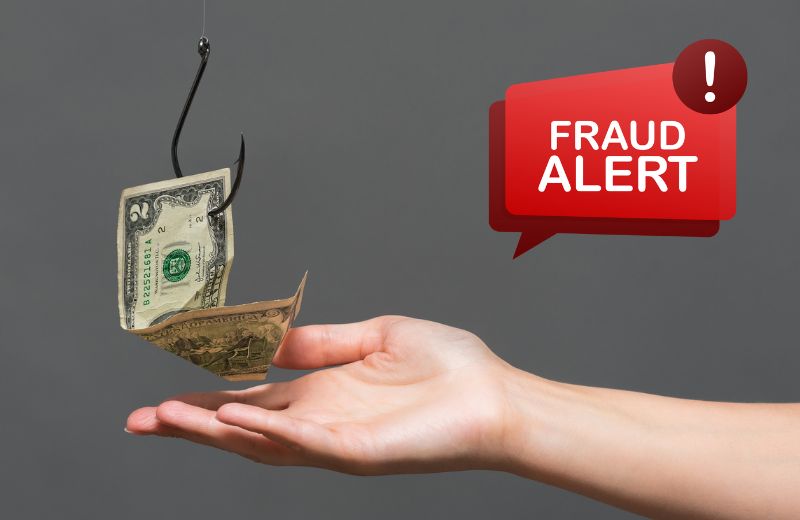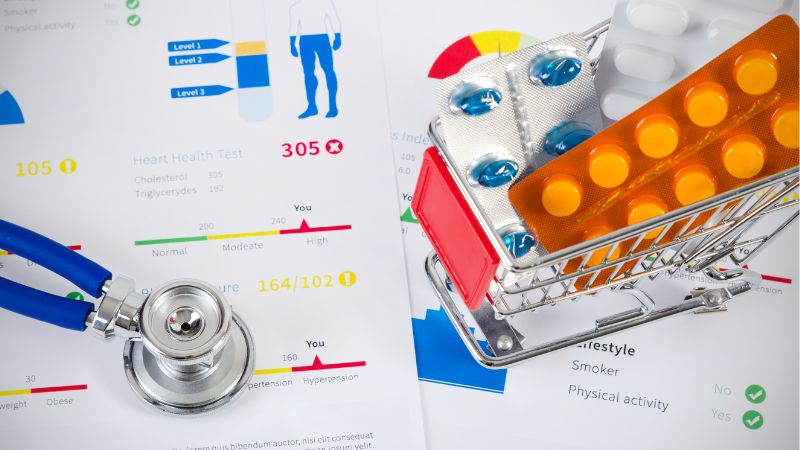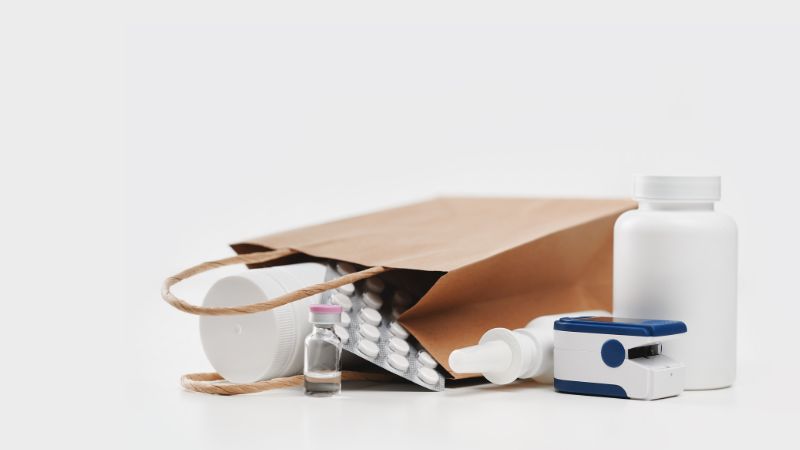The cost of healthcare fraud in the US ranges from $100 billion to $300 billion. The amount spent on fraud will only rise as the United States’ population grows. A subset of healthcare fraud is pharmaceutical fraud. To find out where the danger lies, read our article.
Contents
Types of Fraud
Fraud is frequently difficult to define, Fraud is often defined as a malicious or unlawful deception intended to produce a financial or personal benefit. Because we do not know if the fraudster intended to deceive or if a simple error occurred, fraud is frequently difficult to prove.
The Healthcare Distribution Alliance (HDA) Pharmaceutical Cargo Security Coalition claims that there are three different forms of phishing scams that are prevalent in the pharmacy and pharmaceutical industries (PCSC). The three different kinds of phishing scams to be aware of are briefly summarised below:
- Fraud/Scams involving product recalls (pharmacy/manufacturer): Scammers call a pharmaceutical distributor initially while assuming to be an official manufacturer representative. The con artists claim there has been a product recall and that the pharmacy needs to return the allegedly “affected” stock during the call. The scammers then follow up with what appears to be a legitimate letter requesting a product recall to make the scheme seem more authentic or legitimate. The letter’s contents once more specify the item that
- Fraud involving a pharmacy or wholesaler: In this strategy, con artists first pretend to be a reliable pharmacy to place an order with the wholesaler. When the wholesaler sends the product to the pharmacy, a con artist pretending to be the wholesaler contacts the pharmacy and requests that they package the item back up so that a courier (again, an unwary mule or another courier like FedEx or UPS will come and pick it up) may come and pick it up.
- Bank account/payment fraud: Scammers pretend to be a reputable wholesalers and contact the pharmacy through a business email compromise to inform them that the terms of payment for product orders have changed and that a new account routing number must be used when a payment is made.
For pharmacists, technicians, interns, and those wishing to practice in multiple states permanently or in response to a public health emergency, our licensure programs comply with the board of pharmacy criteria and speed the application process. Every one of our licensure programs meets a particular demand for pharmacists. Learn about our cutting-edge licensure services and select the one that is best for you by reading this.
3rd Party System
In most markets, buyers look at a product’s pricing and decide to buy it if the products or service’s advantages outweigh the disadvantages. The majority of patients in the market for prescription drugs are covered by a third-party plan (either by the government or an insurance provider) that uses a pharmacy benefits manager (PBM) to help coordinate this procedure.
In addition to a contribution from the government or the patient’s employer as part of the total work compensation to the PBM, the patient also pays the third party in the form of premiums. Patients typically pay a smaller portion of the total transaction at the point of sale when picking up their prescription from the pharmacy, and the PBM reimburses the store for the remaining amount.
Drug Pricing
Numerous factors affect drug costs, and the intricacy of these elements can be bewildering for both the public and healthcare professionals. We must keep talking about the various models for drug pricing, pharmacy reimbursement, and patient final cost, both existing and planned.
Understanding the fundamental terms used in drug pricing is a necessary skill for anyone involved in the prescription-drug market, even though being an expert on pricing acronyms and federal statutes do not help pharmacists provide care to patients.
Shipping Method
There are various logistics steps in the cold chain. The following steps could be taken in the cold chain while transporting medications:
- Supply: A plant is where medications, vaccines, or pharmaceutical goods are produced and packaged.
- Transportation: A truck that is insulated or refrigerated is typically used to deliver pharmaceutical supplies. These trucks go through routine inspections to ensure sure they are in good enough shape to maintain the proper temperature for inventory.
Before being dispensed, pharmaceutical items may be placed in cold storage. Before pharmaceutical products get to their final destination, the chilled warehouse might serve as a transitional location.
Delivery at the final location where the pharmaceutical is sold or administered is typically the last step in the cold chain logistics process.
Conclusion
Drugs are the basic need nowadays and providing services for drugs without scams is what anyone wants.
So, our goal is to provide the best and latest online pharmacy reviews 2023 for you and your safety!







